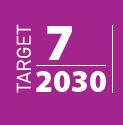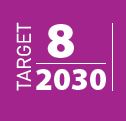





Education
Road safety education can be aimed at children and adults and delivered in many contexts, such as schools, colleges, sporting clubs and workplaces. While important, it should not be seen as the primary way to reduce road crashes. Evidence indicates that education has limited overall impact on reducing crashes, despite widespread beliefs to the contrary.
Most road safety education programs are aimed at children and young people and are delivered in schools.
However, material is also available outside of schools. For example, in the UK Traffic Club provides a series of booklets and internet material for parents to use with pre-school children. This scheme recognizes the need for road safety education of very young children through parental involvement.
Road safety education can be provided to children as early as kindergarten/pre-school, and continue through to the end of high school. The topics that are covered will depend upon the age of the students and it is important that content is age appropriate so that children can comprehend the relevant risk concepts contained in the education materials. For example, young children can be taught about holding hands with their parents when near the road, older children can be taught about wearing bicycle helmets, and teenagers can be taught about the risks of speeding and drink driving, for example. Starting education about road safety early will hopefully mean that these children will have good attitudes and skills first as pedestrians and cyclists, and then, when they start driving.
Much research has been done to find out what characteristics can help to make school road safety education more effective.
Some of the important things are outlined below:
- making road safety education part of the school curriculum so that lessons are continued over time (and not just done once)
- providing teachers with proper training so that they can deliver road safety education
- using interactive lessons and giving students a chance to apply the knowledge and skills they are learning
- giving parents the information they need to reinforce the lessons they have been taught in school
- encouraging parents to help the child practice his or her skills in the real world
- encouraging children to encourage their peers to behave safely
- ensuring that school staff and parents lead by example and do not engage in unsafe behaviours (that might be seen and copied by students)
- introduction of infrastructure (such as road signs or road bumps) and supervision (such as adult supervision of road crossing points) around the school to protect students.
- Practical roadside training in pedestrian skills for young children that takes a problem-solving approach e.g. the Kerbcraft programme in the UK (kerbcraft.org).
- Continuing road safety education through secondary schools as well as in primary schools.
School road safety education should not include in-car lessons delivered by a teacher. School road safety education should also not include in-car lessons (even if they are delivered by a qualified driving instructor) on advanced driving skills such as regaining control of a skidding car, because such training has been shown to increase driver risk.
Evaluating any school road safety education program (or any road safety program) is important to determine whether the program is having any positive effect and whether the program could be improved in any way.
Evaluation in terms of crash reduction can be difficult and costly as very large samples and control groups are needed. For this reason education programmes are sometimes evaluated in terms of behavioural change and improvements in knowledge and/or attitudes towards safer road use.
Costs and effectiveness
Numerous road safety education programs exist, and are taught in many countries and in many languages. Various materials giving details about how to carry out programs are available yet robust evaluations are scarce. Although not all school based road safety programs have been shown to be effective, research shows that programs that have a clear structure, are sustained over a period of time, are assessed and provide practical skills may have some positive effects on behaviour and attitudes, which may translate into fewer crashes.
Treatment Summary
Case Studies
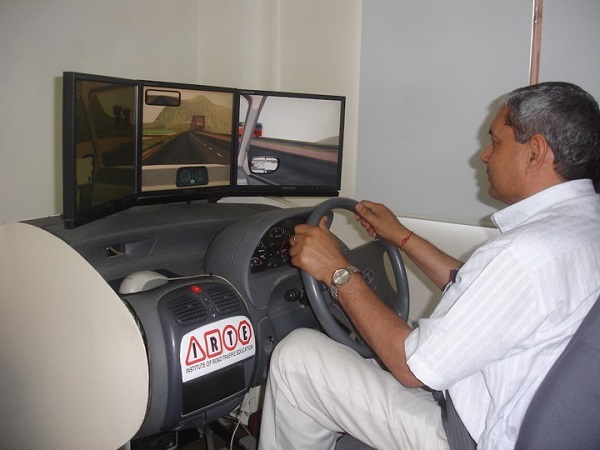 Driver training program by Institute of Road Traffic Education, India. Image credit: IRTE
Driver training program by Institute of Road Traffic Education, India. Image credit: IRTE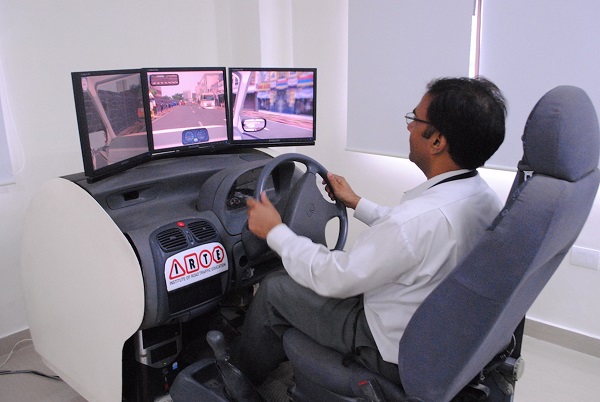 Driver training program by Institute of Road Traffic Education, India. Image credit: IRTE
Driver training program by Institute of Road Traffic Education, India. Image credit: IRTE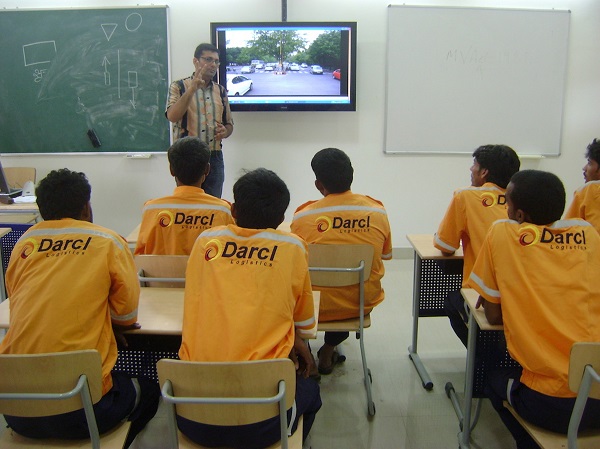 Driver training program by Institute of Road Traffic Education, India. Image credit: IRTE
Driver training program by Institute of Road Traffic Education, India. Image credit: IRTE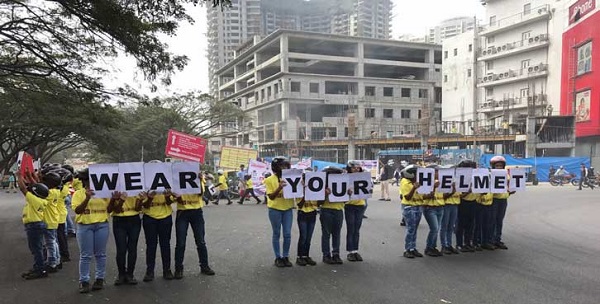 Publicity. Image credit: NRSO
Publicity. Image credit: NRSO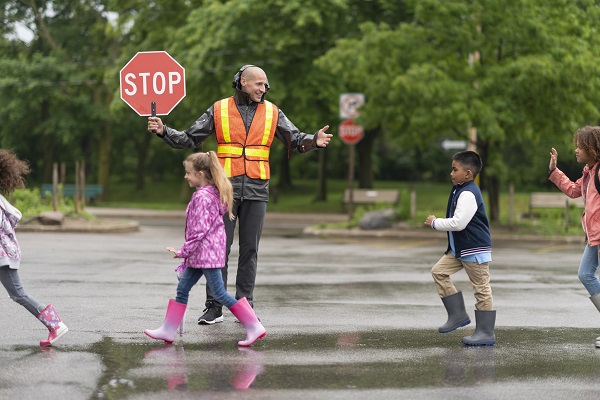 Children cross a road with a crossing supervisor. Image credit: iStock
Children cross a road with a crossing supervisor. Image credit: iStock Helmets for Children. Image credit: AIP Foundation
Helmets for Children. Image credit: AIP Foundation Helmets for Children. Image credit: AIP Foundation
Helmets for Children. Image credit: AIP Foundation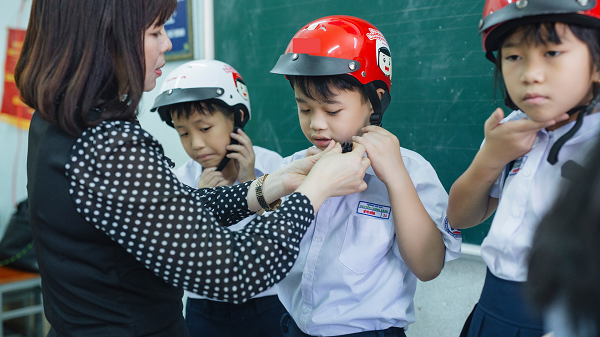 Helmets for Children. Image credit: AIP Foundation
Helmets for Children. Image credit: AIP Foundation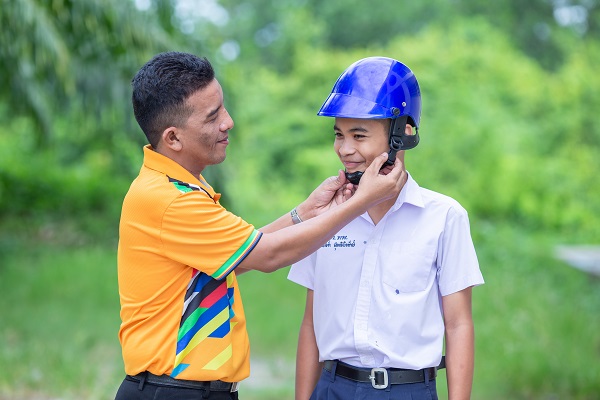 Helmets for Children. Image credit: AIP Foundation
Helmets for Children. Image credit: AIP Foundation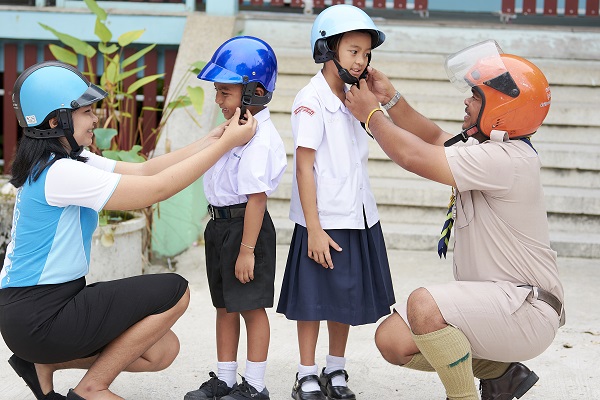 Helmets for Children. Image credit: AIP Foundation
Helmets for Children. Image credit: AIP Foundation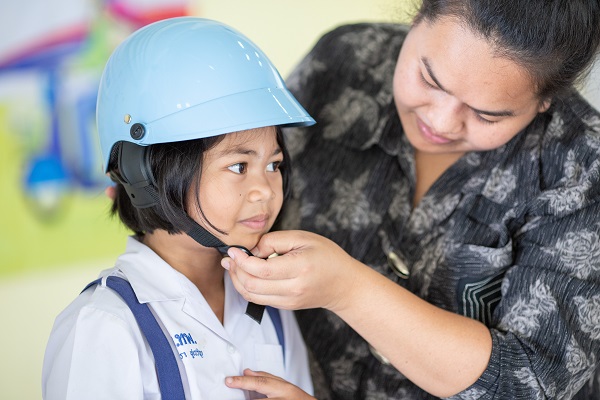 Helmets for Children. Image credit: AIP Foundation
Helmets for Children. Image credit: AIP Foundation Helmets for Children. Image credit: AIP Foundation
Helmets for Children. Image credit: AIP Foundation Helmets for Children. Image credit: AIP Foundation
Helmets for Children. Image credit: AIP Foundation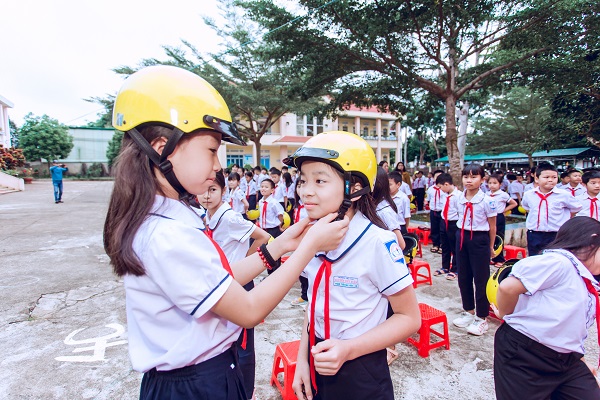 Helmets for Children. Image credit: AIP Foundation
Helmets for Children. Image credit: AIP Foundation Helmets for Children. Image credit: AIP Foundation
Helmets for Children. Image credit: AIP Foundation Helmets for Children. Image credit: AIP Foundation
Helmets for Children. Image credit: AIP Foundation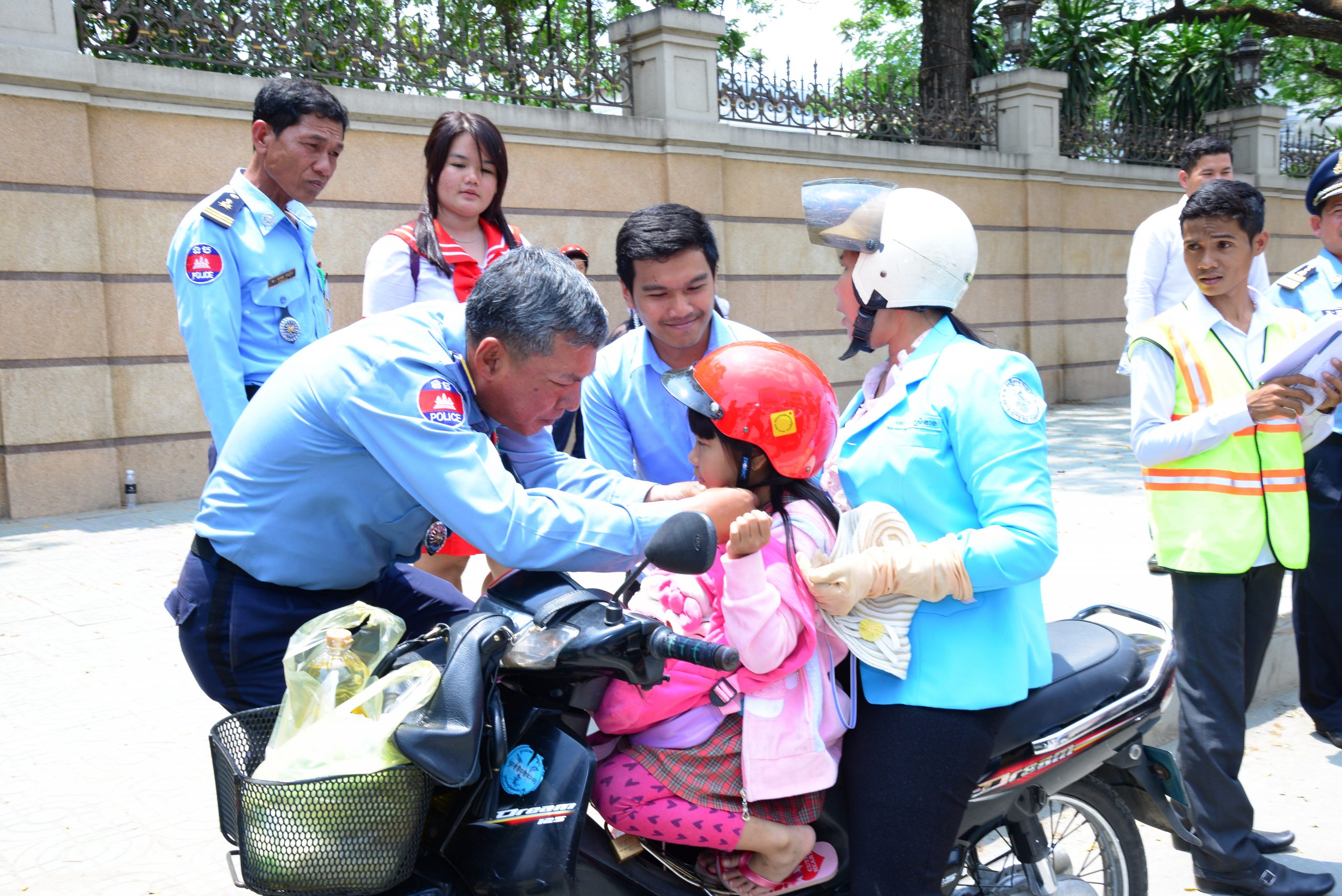 Helmets for Children. Image credit: AIP Foundation
Helmets for Children. Image credit: AIP Foundation Helmets for Children. Image credit: AIP Foundation
Helmets for Children. Image credit: AIP Foundation Helmets for Children. Image credit: AIP Foundation
Helmets for Children. Image credit: AIP Foundation Helmets for Children. Image credit: AIP Foundation
Helmets for Children. Image credit: AIP Foundation Helmets for Children. Image credit: AIP Foundation
Helmets for Children. Image credit: AIP Foundation Helmets for Children. Image credit: AIP Foundation
Helmets for Children. Image credit: AIP Foundation Helmets for Children. Image credit: AIP Foundation
Helmets for Children. Image credit: AIP Foundation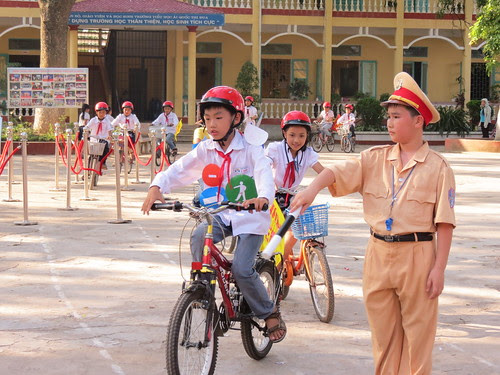 Helmets for Children. Image credit: AIP Foundation
Helmets for Children. Image credit: AIP Foundation Road safety school for children, Germany. Image credit: Alina Burlacu
Road safety school for children, Germany. Image credit: Alina Burlacu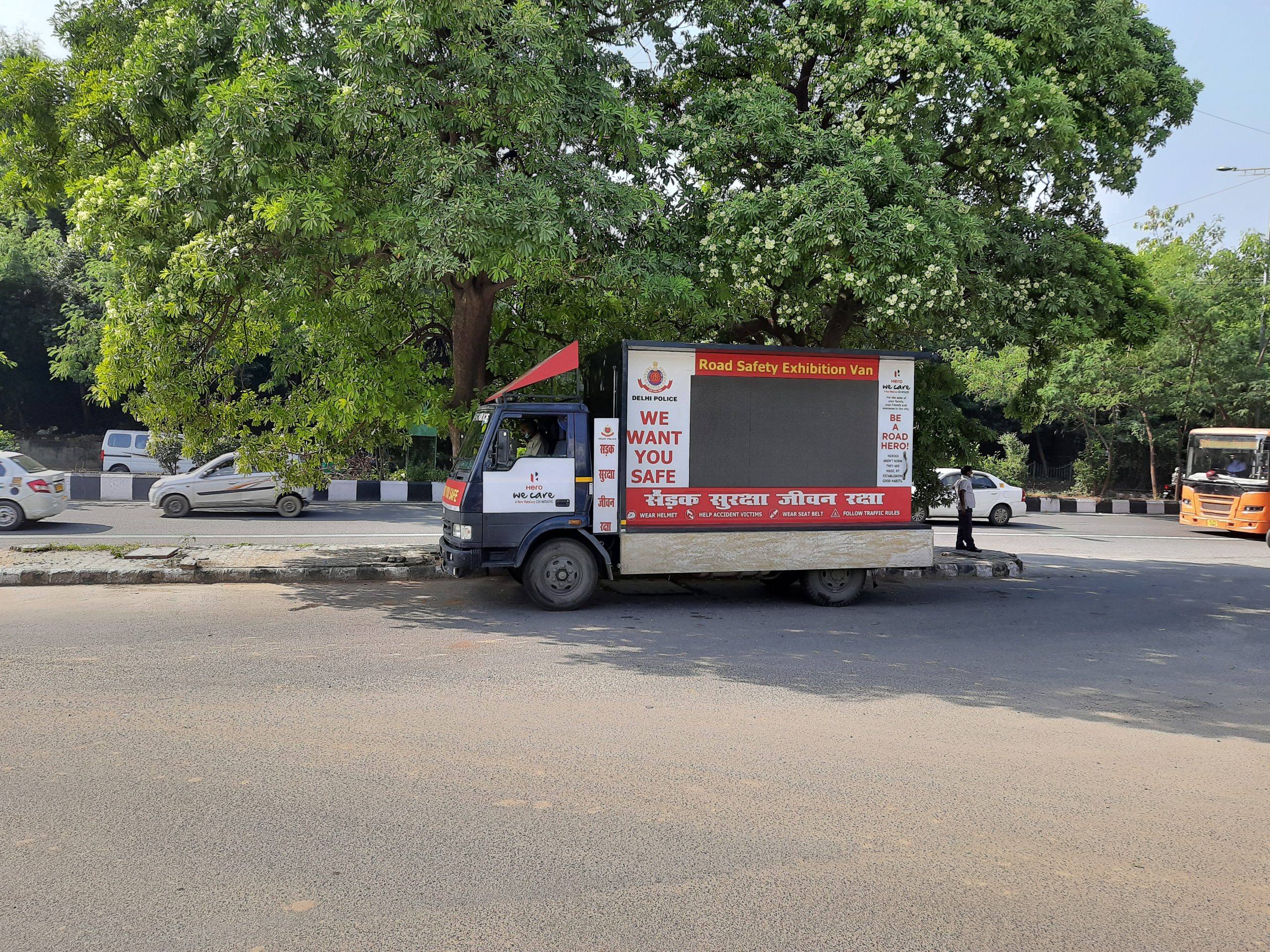 Road safety exhibition van used by Delhi Police. Image credits: IndiaRAP
Road safety exhibition van used by Delhi Police. Image credits: IndiaRAP Helmets for Children. Photo Credit: AIP Foundation
Helmets for Children. Photo Credit: AIP Foundation Vulnerable Road Users (VRU) in New York, USA. Image Credit: iRAP
Vulnerable Road Users (VRU) in New York, USA. Image Credit: iRAP









